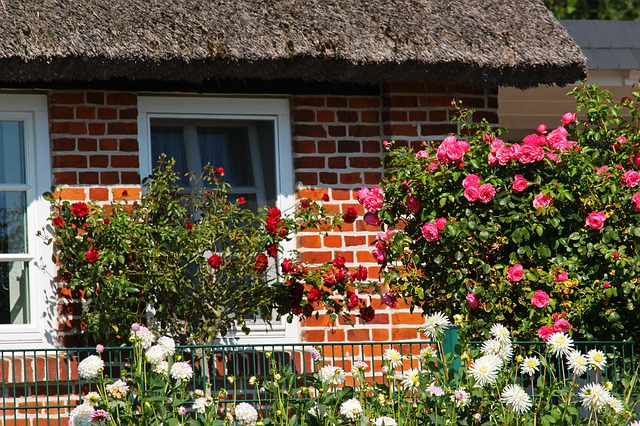Introduction
Finishing a garage wall is an essential step in creating a functional and aesthetically pleasing space. Whether you are converting your garage into a workshop, gym, or additional living area, properly finishing the walls can make a significant difference. In this article, we will explore the various steps and materials needed to finish a garage wall, providing you with a comprehensive guide to transform your garage into a more usable and attractive space.
Preparing the Wall
Before you begin finishing your garage wall, it is crucial to prepare the surface properly. Follow these steps:
Clean the wall: Remove any dirt, dust, or debris from the wall using a broom or vacuum cleaner. This will ensure a smooth and even finish.
Repair any damage: Inspect the wall for any cracks, holes, or other damage. Use a patching compound or spackle to fill in these imperfections. Allow the compound to dry completely before moving on to the next step.
Sand the wall: Once the patching compound is dry, sand the wall to create a smooth surface. This will help the paint or other finishing materials adhere better.
Choosing the Right Materials
When it comes to finishing a garage wall, there are several options to consider. Here are some commonly used materials:
Drywall: Drywall is a popular choice for finishing garage walls. It is relatively easy to install and provides a smooth and durable surface. Make sure to choose a moisture-resistant drywall if your garage is prone to high humidity or moisture.
Plywood: Plywood is another option for finishing garage walls. It offers a more rustic look and can be stained or painted to match your desired aesthetic. Plywood is also more resistant to moisture than drywall.
Paneling: Paneling is a quick and easy way to finish garage walls. It comes in various styles and materials, such as wood, PVC, or fiberboard. Paneling can be installed directly over existing drywall or plywood.
Installation
Once you have prepared the wall and chosen the appropriate materials, it’s time to start the installation process. Follow these steps:
Measure and cut: Measure the dimensions of the wall and cut the chosen material accordingly. Use a tape measure and a circular saw or jigsaw to make precise cuts.
Attach the material: Depending on the chosen material, use screws, nails, or adhesive to attach it to the wall. Follow the manufacturer’s instructions for proper installation techniques.
Seal the seams: If you are using drywall or plywood, you will need to seal the seams between the panels. Apply drywall joint compound or wood filler to the seams and smooth it out with a putty knife. Sand the seams once the compound is dry for a seamless finish.
Finishing Touches
After the installation is complete, there are a few finishing touches you can add to enhance the appearance and functionality of your garage wall:
Paint: Apply a coat of paint to the finished wall to add color and protect the surface. Choose a paint that is suitable for garage environments and consider using a primer for better adhesion.
Storage solutions: Install shelves, hooks, or cabinets on the wall to maximize storage space in your garage. This will help keep your tools and equipment organized and easily accessible.
Conclusion
Finishing a garage wall is a crucial step in creating a more functional and visually appealing space. By properly preparing the wall, choosing the right materials, and following the installation steps, you can transform your garage into a more usable area. Additionally, adding finishing touches such as paint and storage solutions can further enhance the overall look and functionality of your garage.
References
– Home Depot: www.homedepot.com
– Lowe’s: www.lowes.com
– The Family Handyman: www.familyhandyman.com











